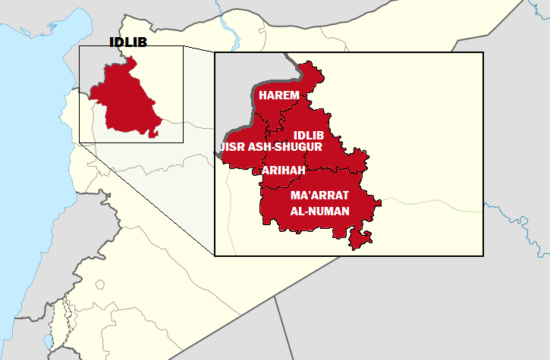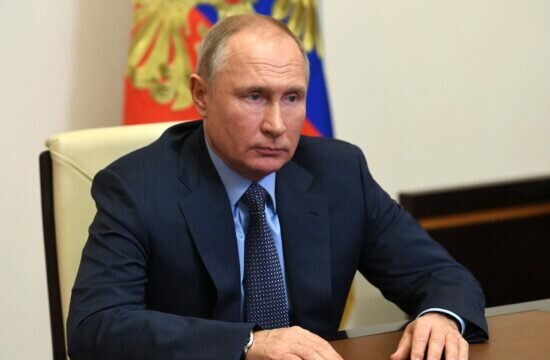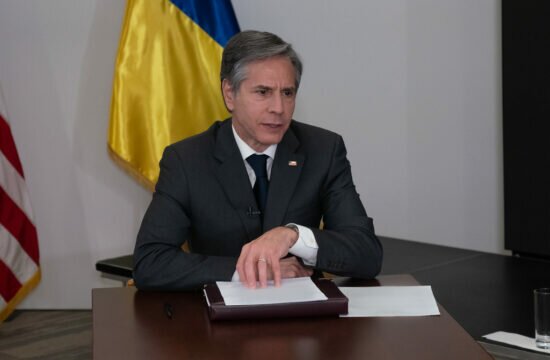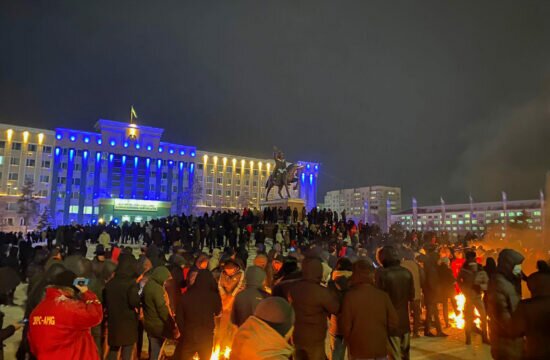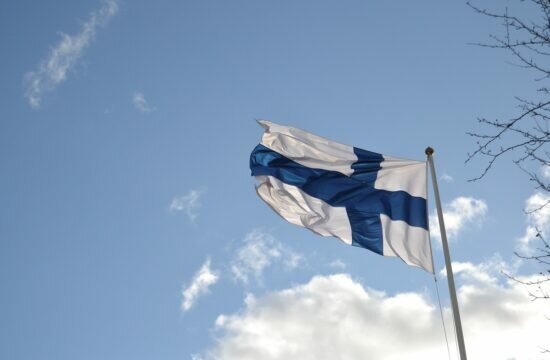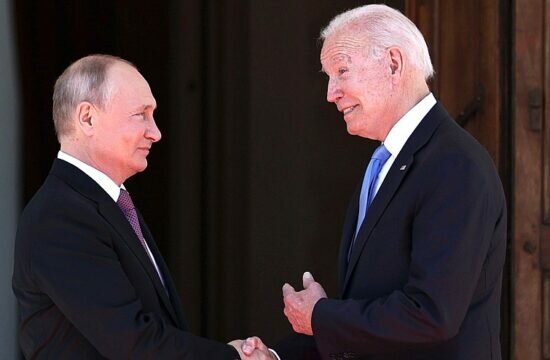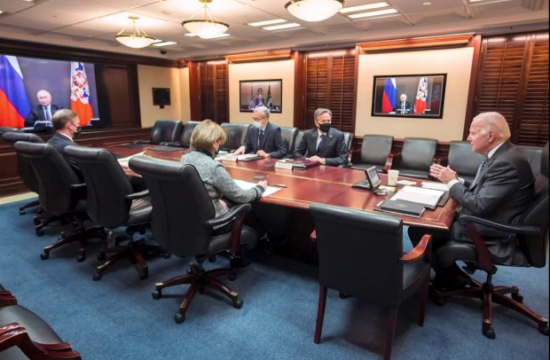Russia has been rapidly increasing its military presence near the Ukraine border. The amount of Russian soldiers within striking distance of Ukraine is expected to be nearly 200,000 by next year.
Experts were not convinced about Russia’s intentions when the country started amassing troops near the Ukraine border. However, this week Russia’s Foreign Ministry handed a list of demands to visiting U.S. diplomat Karen Donfried.
The list included demands that would reduce NATO’s influence over post-Soviet states. The demands urged NATO to abandon all military activities in Ukraine and Eastern Europe, the Caucasus region, and Central Asia. Moreover, Russia also demanded a guarantee from NATO that it would not allow Ukraine to join NATO in the future.
Russia also asked NATO not to deploy additional troops and weapons outside the countries in which they were in May 1997, except in exceptional cases with the consent of Russia and other NATO members. NATO was also asked not to deploy intermediate and shorter-range missiles where they can hit the other side’s territory.
Russia also indicated that it was “ready at any moment” to negotiate these security demands. NATO Secretary-General Jens Stoltenberg, commenting on the proposals just before Russia made them public, said that “any dialogue with Moscow would also need to address NATO’s concerns about Russia’s actions, be based on core principles and documents of European security, and take place in consultation with NATO’s European partners, such as Ukraine.”
Stoltenberg asserted that NATO had clarified that if Russia takes concrete steps to reduce tensions, NATO is prepared to strengthen confidence-building measures.
Before these demands, Russia had already been amassing tens of thousands of troops near the Ukraine border, which the west saw as a prelude to a military invasion. However, this was denied by Russia.


